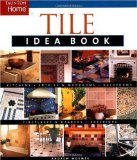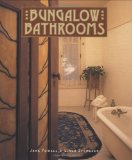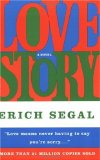Thaler, Richard H., and Cass R. Sunstein. Nudge: Improving Decisions about Health, Wealth, and Happiness. New Haven: Yale UP, 2008. Print.

This is going to be a truly half-assed review. I heard about this book through a webcast from Ramit Sethi, the guy behind the blog and book “I Will Teach You To Be Rich”. It sounded like it would be an interesting look at the psychology behind why people do the things they do, and it really was. However, I’m not sure I can convince you just how interesting it was.
I have found myself using the concepts in the book almost daily; thinking about, for instance, the difference between the “Planner” and “Doer” sides of my personality, and how I consistently thwart myself. They talk about choice architecture – how setting things up can affect what people choose – and how their concept of “libertarian paternalism” can help governments and organizations set things up in such a way that the default choice is a good one, although people are never stuck with the default.
For anyone who is interested in why people know they should lose weight, exercise more, and save more money, but are baffled why we as a society don’t do these things, this is a fascinating (if somewhat depressing) read.
I know I will remember, and want to refer again, to the study where a high school changed their graduation requirements to include at least one application to a community college. However, I can’t find it now! Fortunately I’m pretty sure to read the book again.
There is a 20-page bibliography that I do not have the stamina to enter, although I would love to.








